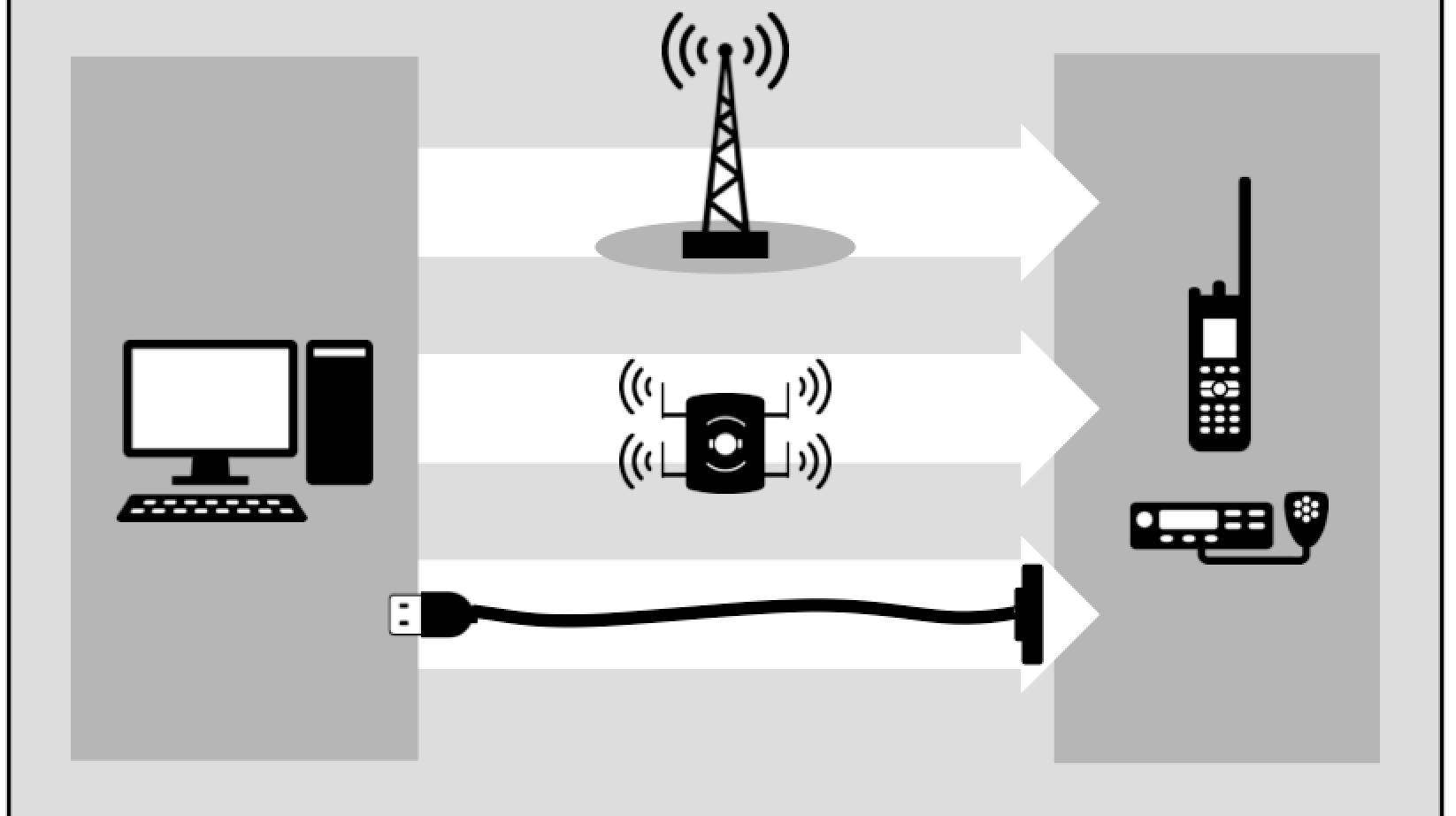The risk of a cyberattack is a growing threat to both global businesses and public safety agencies. In the third half of 2025, there was a 103 percent increase in public safety cyberattacks, bringing the total number of attacks to 278 this year. This underscores the importance of a strong cybersecurity strategy for organizations of all sizes.
What is a cybersecurity strategy?
A cybersecurity strategy is a plan of action to protect an organization’s digital assets and Operational Technology (OT), developed to build resilience against cyber threats. It’s recommended that organizations make a physical copy of their cybersecurity strategies, particularly their incident response plan and any other mitigation strategies, in case an attack renders their systems inaccessible. The UK government recently made this suggestion to chief executives across the country.
How to develop a cybersecurity strategy
In recognition of Cybersecurity Awareness Month, this blog outlines eight steps to successfully develop and implement a cybersecurity strategy that mitigates damage to your organization or agency, your reputation and future.
1. Adopt a cyber framework
Begin by determining which assets you wish to protect in order of priority. Your cybersecurity assessment will likely encompass sensitive personnel records and customer information, as well as a breakdown of your OT and IT systems and infrastructure.
Organizations such as the National Institute of Standards and Technology (NIST) provide thorough guidance for establishing a framework that enhances your understanding and management of cybersecurity risks. It encompasses five core functions: Identify, Protect, Detect, Respond and Recover.
Look for a framework that includes a governance component and directly addresses the types of data assets your organization prioritizes. In some cases, adopting more than one framework is necessary.
2. Build a support team
Next, identify a group of stakeholders who will provide budget and resources for the strategy. Leverage the expertise of individuals across the business who know your organization’s cybersecurity needs, such as IT professionals, data analysts and legal advisors. Other stakeholders include procurement/vendor management, human resources, and finance.
3. Understand the threats to your industry
Given the unexpected nature of cyberattacks, research companies or agencies similar to your own that have faced cybersecurity breaches to understand the specific risks your organization faces. This not only helps prioritize your defense efforts but also provides vital context.
By understanding where your organization sits regarding current threats, you can present your strategy more effectively to your support team, ensuring they grasp the seriousness of the risks and can allocate sufficient resources.
Beyond your own organization, there is help available within industry groups. The Public Safety Threat Alliance (PSTA) supports the global public safety community by facilitating the sharing of cyber threat intelligence and collaboration. InfraGard also offers support in protecting the critical infrastructure of private sector members.
4. Assess risks and determine vulnerabilities
Risk management is a crucial component of your cybersecurity strategy, enabling you to identify, assess and manage the risks your organization faces, as well as summarize your assets.
At Motorola Solutions, we take the guesswork out of risk assessments, identifying vulnerabilities in your cyber environment and providing you with a cybersecurity risk management strategy. We also offer cyber exercises that simulate cyber incidents to prevent your organization from being caught off guard by an attack.
5. Set your strategy
With the findings from your risk assessment, you can now build your cybersecurity strategy. Aligned with your business goals, it should detail preventative measures, threat detection capabilities, incident response and system recovery plans, and employee training. It should be specific to your organization, in keeping with compliance requirements and be flexible enough to adapt to any level and number of threats.
6. Establish a budget
Cybersecurity projects are often resource-intensive, making it challenging to demonstrate a clear return on investment (ROI) to business leaders. This is when the buy-in you previously sought from your support team bears fruit, helping you to secure an adequate budget.
Present the findings from your risk assessment alongside a statistical overview of industry threats (such as the average cost of a data breach, which is around $4.4 million) to substantiate budget and resource requests.
7. Implement your strategy
Once your strategy is finalized, the next crucial phase is implementation. This involves ensuring that you have the necessary security measures in place, including security monitoring, configuring firewalls, implementing access controls and regularly updating your system to apply all the required patches.
An informed and well-trained team is your best defense. When employees are clear on your cybersecurity strategy and their roles, they are better equipped to mitigate the impact of an attack. Create both general and role-based cybersecurity training so that every employee understands their specific role in maintaining system security.
8. Be ready to adapt
Cybersecurity is constantly evolving, making continuous adaptation essential. By monitoring your systems, you can detect and respond to threats in real time. Security teams must consistently update their defense plans and stay current with system updates to ensure readiness against emerging threats. Once your plan is created, it is crucial to validate its effectiveness using services such as penetration testing, security audits and cyber exercises.
Managing a cybersecurity project can feel daunting, but with careful planning and the right team, you will significantly enhance your organization’s security posture. Remember that cybersecurity is an ongoing process, and even established frameworks should be regularly reassessed to account for changes in staffing and systems.




